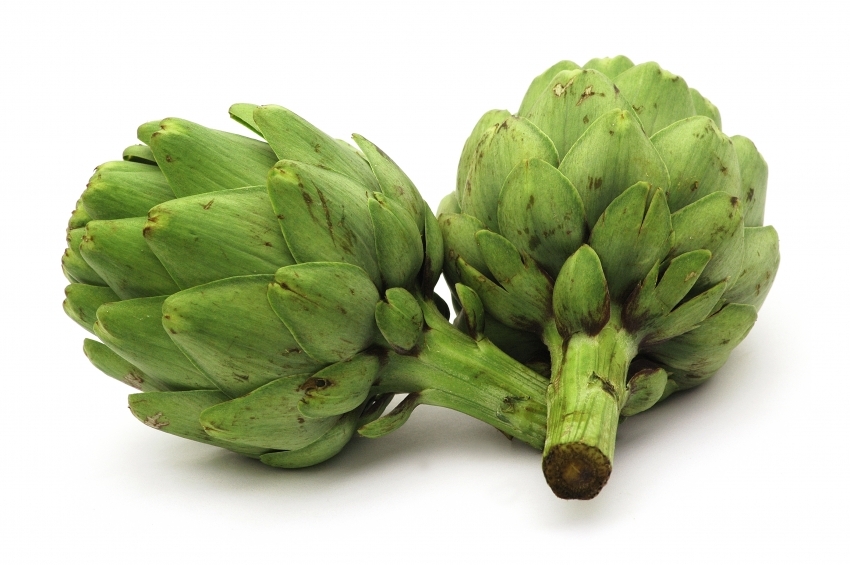
Plant characteristics
Plant Type:
- Vegetables
- Perennial
Sunlight Requirements (where to plant related to sun)
- Full Sun
- Full Sun or Partially Shade
Soil Type (type of soil plant needs)
- Soil with Good Drainage
Climate Type (how tollerant is to frost?)
- Withstands Frost
Fragrant Plant (do flowers have an aroma?)
- No Fragrant Flowers
Difficulty Level (how hard is to cultivate this plant?)
- Easy
Blooming Season (which months blooms)
- April
- May
Showing Season (which months can we sow seeds)
- August
- September
- October
Planting Season (which months can we plant or transplant)
- August
- September
- October
How to grow Artichokes
Artichokes are a plant that will not be difficult for the new grower. The fruits of the artichoke are in fact the flowers of the plant. They are cooked in many ways and are rich in vitamins and nutrients.
Plant in your garden artichokes, the plant that once only the nobility were privileged to taste!
Other names for artichoke
Latin name: Cynara scolymus
Greek name: Αγκινάρα (single), Αγκινάρες (plural)
Artichokes can be propagated from seed. Artichokes need good soil, regular watering and fertilisation, and protection from frost in winter.
Start artichokes from seeds
The sowing of the artichoke starts by sowing the seeds indoors. Put 2 seeds in each cup. Keep the seed cups in a warm place with the soil moist until they germinate. Germination will occur in 7 to 21 days depending on temperature. Transplant the strongest seedlings about 2 weeks before the last frost. Artichokes need a cold spell (250 hours below 10 degrees Celsius) before they will produce flowers, but will not survive a freeze.
Distance between artichoke plants
Artichokes need space to spread out and grow. Keep the artichokes between 60 cm and 1 meter apart.
Propagation of artichokes with offshoots
The most common way of propagating artichokes is by means of the offshoots produced by the plant itself. The offshoots appear as small artichoke plants around the main plant.
September is the best month to remove the offshoots and transplant them. The removal of the cuttings must be done carefully to avoid damaging the root and the main plant. Dig deep and around the cuttings to make it easier to remove them. Remember that the offshoot is connected to the main plant through a strong root system. In the final stage of removal, you will need to cut off the connecting roots.
Place the removed planting in another part of the garden, after drilling a hole and pouring fertilizer (e.g. compost or other commercial compost) into it. Put the plant in the hole and cover the root with soil. Water well. Keep watering.
During the first few weeks, it is likely that the new artichoke plant will look very bad. Its leaves may have wilted and lost their vigor. Don’t be disappointed. This is normal because of the stress the plant has been under. You may get artichokes from this plant even in the first year.
Best soil for artichokes
The ideal soil to grow artichokes should have a pH between 6.5 and 8.0 but artichoke prefers a pH closer to 7.0. Artichokes need a lot of moisture to have great growth. Add fertilizer before you plant the seeds. It needs well-drained soil. Artichokes like a lot of sun exposure.
Harvesting artichokes
Artichoke’s harvest usually starts in late spring to early summer. Pick the artichoke flowers before they open.
